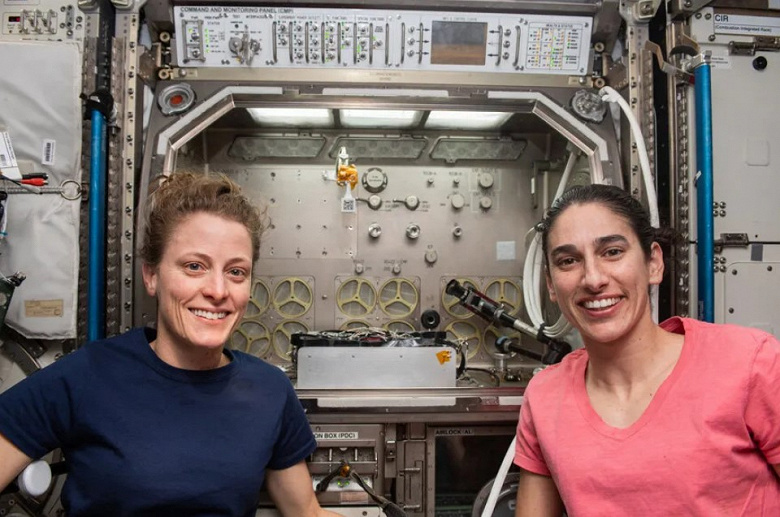This could be a new era in fiber optic manufacturing
American startup Flawless Photonics, based in Silicon Valley, created more than 5 kilometers of ZBLAN on the ISS in just two weeks. ZBLAN — It is an optical fiber that has high transparency and is widely used on Earth in laser systems and amplifiers.
If companies could transfer fiber production to microgravity conditions, the material would be produced with fewer defects than what is produced on Earth. After transportation to Earth, the profitability of such an enterprise would be guaranteed.
The impressive results achieved by Flawless Photonics may stimulate further manufacturing research that could have implications for the defense industry and national security, among others. This was stated by Rose Hernandez, director of InSpace Production Applications at the Space Station National Laboratory.
ZBLAN's transparency appears to be significantly higher than that of fiber optic glass used in undersea communications cables. Increased transparency results in reduced signal loss. This means that instead of placing optical repeaters every 40 or 50 kilometers to boost the signal in submarine cables, by using ZBLAN they can be laid over distances tens or hundreds of times greater. The energy consumption of such amplifiers is about 1-1.5% of the global energy budget. Therefore, the possibility of using ZBLAN in submarine communication cables has great potential from an economic point of view.
ZBLAN samples produced by Flawless Photonics on the ISS are scheduled to be returned to Earth this April as part of a SpaceX Commercial Resupply Services flight. NASA engineers and independent third parties will then conduct research into the quality and composition of the optical fiber produced in microgravity.
Funding to install Flawless Photonics on the ISS to produce optical fiber was provided by the European Space Agency and the Luxembourg Space Agency. In turn, the Space Station National Laboratory assumed the costs of transporting and installing equipment in the microgravity research facility on the ISS.
ZBLAN production requires heating cylindrical blanks with a glass core surrounded by a shell. As the fiber stretches, it becomes thinner and eventually breaks. The revolutionary nature of the Flawless Photonics microgravity installation is that it is capable of restoring the process of stretching an optical fiber after it breaks.
Flawless Photonics plans to begin the production of ZBLAN blanks in outer space as the next stage of its research. The company received funding through NASA's Space Manufacturing Applications program to conduct manufacturing experiments with Australia's University of Adelaide, Axiom Space and Visioneering Space. This will expand the capabilities of microgravity manufacturing and potentially lead to the creation of new technologies based on the production of optical fiber in space.
The in-space optical fiber project involved 20 Flawless Photonics employees and was funded through a combination of private and public investment.

